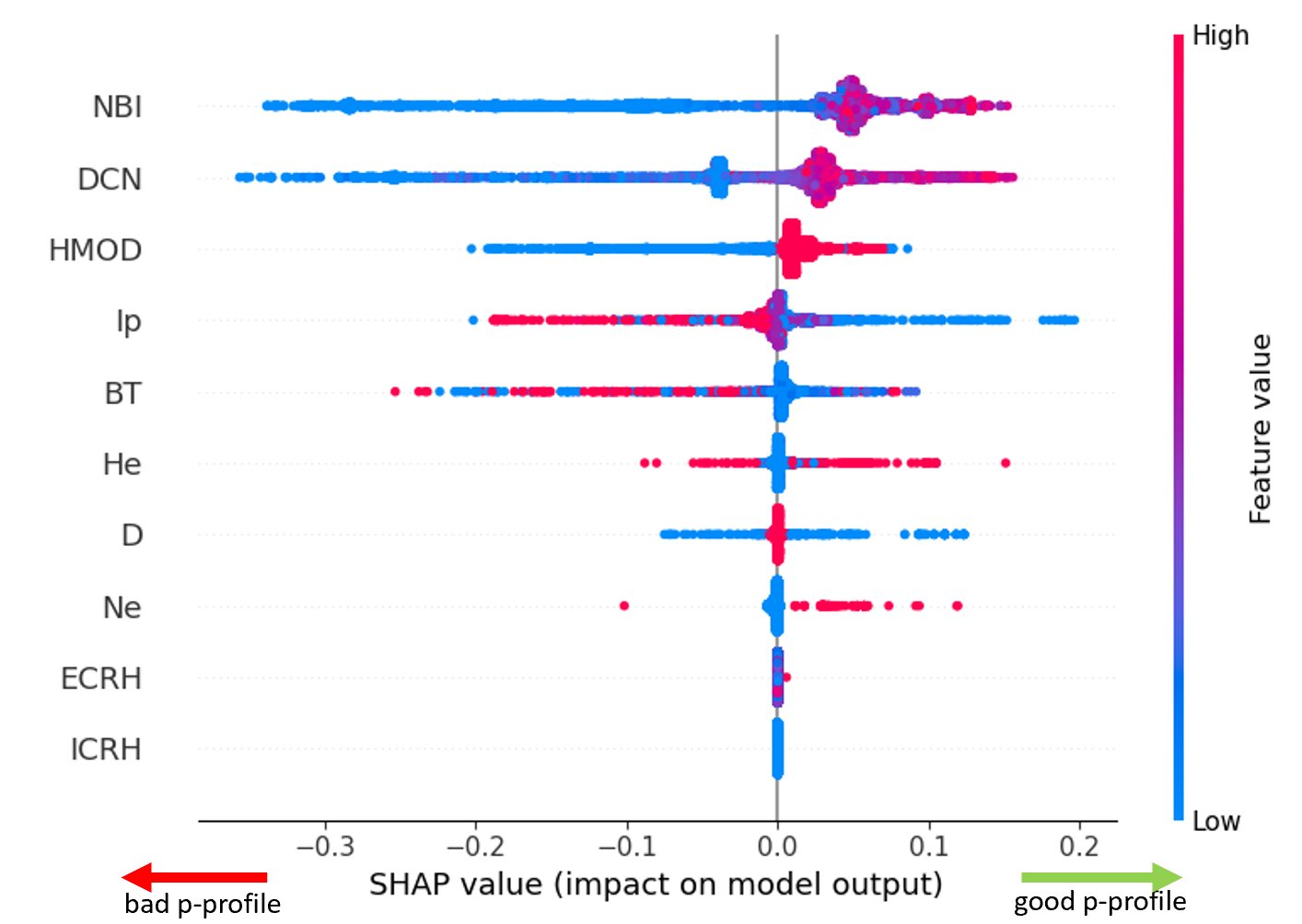EQH vs IDE Equilibrium Analysis

This project compared two plasma equilibrium reconstruction methods—EQH (based on CLISTE) and IDE (based on Integrated Data Analysis)—using discharge data from the ASDEX Upgrade tokamak. EQH is widely used due to its availability but has shown limitations in modeling pressure profiles. To address this, a GUI-based tool was developed for automated comparison and error detection in EQH profiles, improving follow-up plasma diagnostics and analyses.
Scientific Impact
The EQH vs IDE analysis tool enhances the reliability of plasma equilibrium reconstructions. It flags discharges where EQH is prone to error, improving trust in subsequent studies using this data. The visualizations and SHAP-based diagnostics help researchers decide when to rely on IDE despite its higher computational cost.
pview Tool
A GUI application, 'pview', was created to aid in real-time inspection of pressure profile anomalies. It offers quick access to profile data, allowing scientists to validate results during discharge analysis or model verification.
- 1Automated detection of bad EQH pressure profiles
- 2Visual comparison of flux surfaces and magnetic centers
- 3SHAP-based parameter importance analysis
- 4Data processing from 10,000 plasma discharges
- •Understanding complex equilibrium reconstruction algorithms
- •Handling discrepancies across different diagnostics
- •Developing meaningful statistical comparisons
- •Visualizing multi-dimensional scientific data
- •Advanced plasma equilibrium theory
- •Time-series analysis for tokamak discharges
- •Visualization and statistical analysis of SHAP data
- •Software deployment in fusion research environments